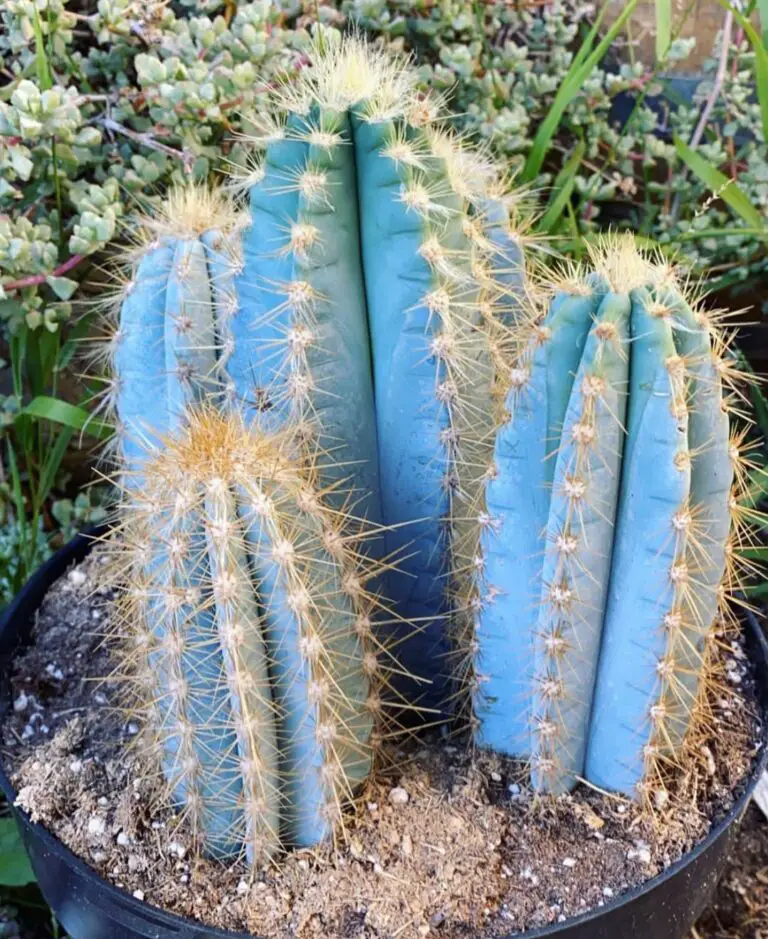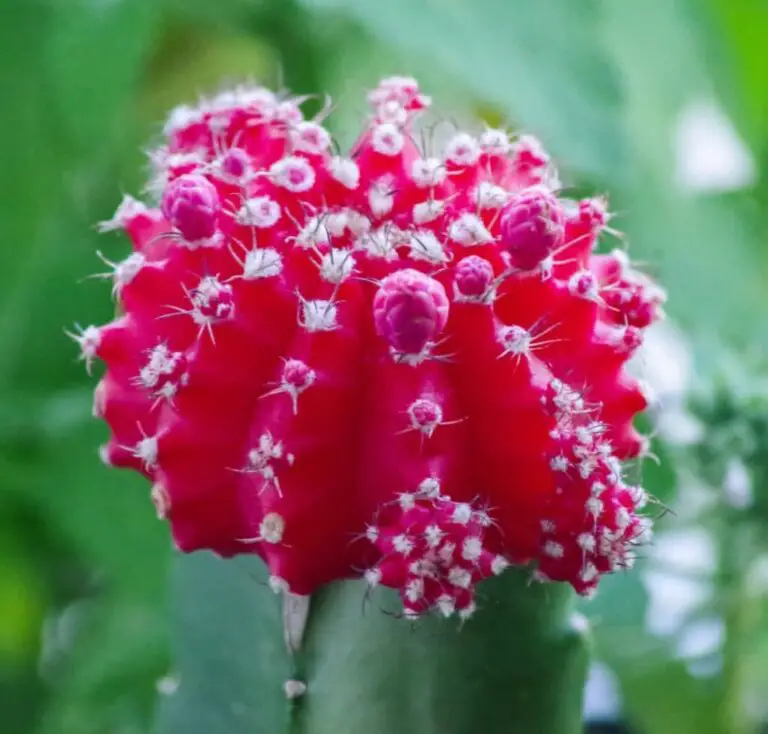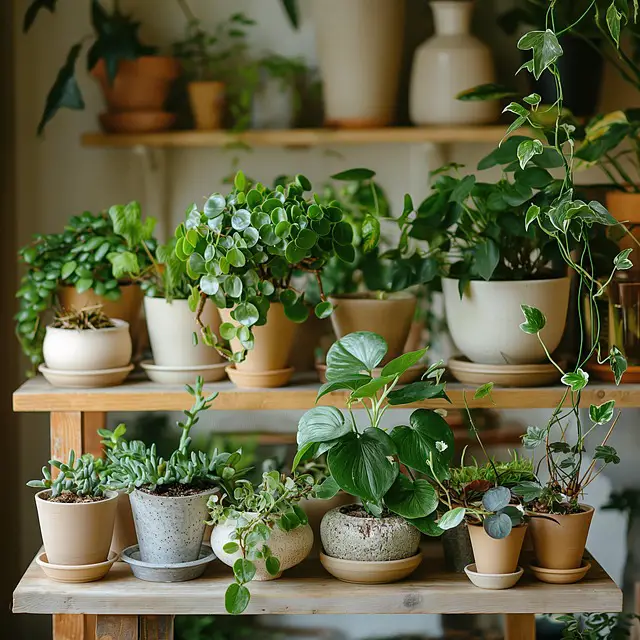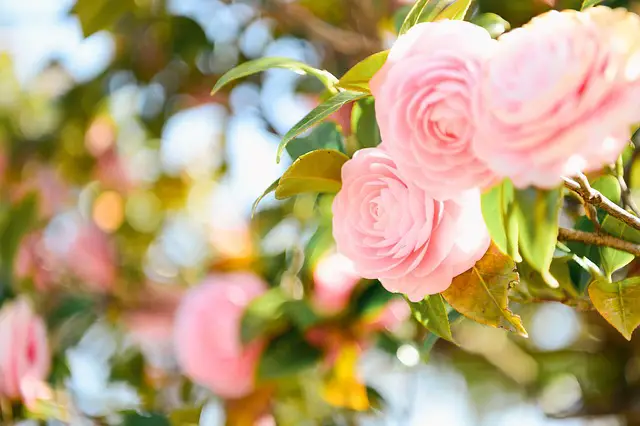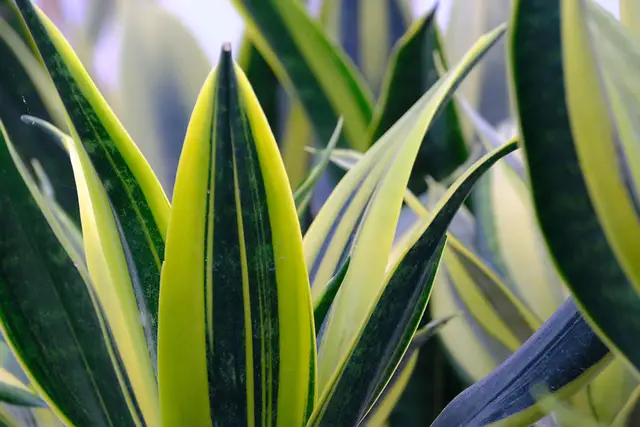
If you’re looking to get started with succulent plant care, it’s important to know how to keep your plant happy and healthy so that you can enjoy its presence around your home or workplace without having to worry about any problems. The following guide will walk you through everything you need to know about caring for your Euphorbia lactea cactus and keeping it growing strong, so that the fun of owning it lasts as long as possible.
Location, location, location
The first thing you need to do is find a place that the cactus will be happy in. It needs at least six hours of light per day, so you should put it somewhere where there is ample natural or artificial light. You also want it somewhere with a lot of humidity, so it’s best if you keep it near a window that receives heavy morning sun or by the bathroom sink.
It’s also important not to overwater your cactus! Check for dryness by poking your finger into the soil an inch deep. If it feels dry, then water it. If it’s moist all the way through, wait until the next day before watering again. Be sure to use lukewarm water as cold or hot water can shock sensitive roots!
The right pot
The first step in caring for a cactus is choosing the right pot. You want a pot that will allow the plant to grow without being cramped. A good rule of thumb is that you should be able to fit two fingers between the pot’s edge and the plant’s roots or body. Make sure there are drainage holes in your pot, as well as some small rocks at the bottom–the water should collect in these rocks instead of sitting on top of the soil, which can lead to root rot. Never let your cactus sit in standing water, as this can cause root rot.
Euphorbias like lots of light, so it’s important to choose a spot with plenty of natural light. It also needs dry conditions (which means not watering very often). In winter months when natural light is scarce, try using artificial lights such as fluorescent lights or grow lights to make up for the deficit.
Soil
The soil you choose should ideally be a mix of sand, peat moss, vermiculite or perlite, and organic matter. You can also use a potting soil with added perlite or vermiculite for better drainage. If you do not have any of these on hand, add some shredded coconut husk to your regular garden soil.
When planting your cactus in the ground, make sure that the hole is deep enough so that the entire root system will fit inside it. There should be about an inch of space from the top of the root ball to the surface of the dirt. Planting depth varies based on climate zone: if you live in zone 8b-10a, your cactus needs to be planted at least six inches below ground; if you live in zone 10b-11a, plant at least four inches; and if you live in zones 12-24 plant as close to two inches below ground as possible
Watering
It is important to water your cactus. They are desert plants, so they don’t like wet feet. It’s best not to water your cactus in the winter months because it can cause rot and fungus. You should wait until the soil has dried out for a few weeks before watering again. It’s also wise to check that there isn’t any standing water in the saucer under your plant. If there is, you might need a larger pot or tray. The best time to water your cactus is when the top inch of soil feels dry to the touch. Add about an inch of lukewarm water over the surface of your plant (enough so that it seeps down into the soil). Make sure you let this soak into the dirt before adding more. It’s OK if some of it spills over onto the floor or furniture; just be sure not to pour too much water on at once. Never use ice cubes or cold tap water on a hot day!
Fertilizing
You can fertilize your cactus in a variety of ways. One option is to simply use water with a small amount of fertilizer mixed in. Another choice might be an organic fertilizer, like manure or compost. You could also use a commercial fertilizer, like Miracle-Gro or Seasol. It’s important not to over-fertilize your cactus as it may lead to toxic levels of nitrogen, which can burn the plant’s roots. The best way to check for over-fertilization is by looking at the color of your plant’s leaves; if they turn yellow, brown, or have blotches on them, then you need to cut back on fertilizing. If your leaves are still green but wilted from too much heat or other factors, then you should provide less fertilizer until they recover.
Propagation
Euphorbias are one of the easiest succulents to propagate. To do this, all you need is a cutting that can take root. The best time for propagation is in the spring or summer when plants are most active. First, remove any leaves from your cutting and then remove the bottom inch or so of the stem. Then, let the cutting dry out and callous over before planting it into soil.
A good way to remember how deep to plant a succulent propagule is 1/4-inch below the soil surface (1/2-inch if it’s too tall). Next, water thoroughly and place in bright light; you’ll see new growth within about two weeks!
Pests and diseases
One of the most common pests is mealybugs. These bugs can infest your plant in large numbers, causing all sorts of damage. They secrete a sugary substance called honeydew, which can cause your plant’s leaves to become wet and sticky. This honeydew also makes it easier for other types of fungi, such as sooty mold, to grow on your cactus! You should inspect your cactus regularly, looking for spots that are discolored or fuzzy. If you find any signs of these insects or fungus on your plants, use a cotton swab dipped in alcohol to dab them away.
Aphids are another type of pest that loves to feed off this succulent . To prevent their spread among plants, remove them by hand before they’re able to reproduce!
you might also like this
https://en.m.wikipedia.org/wiki/Euphorbia_lactea
